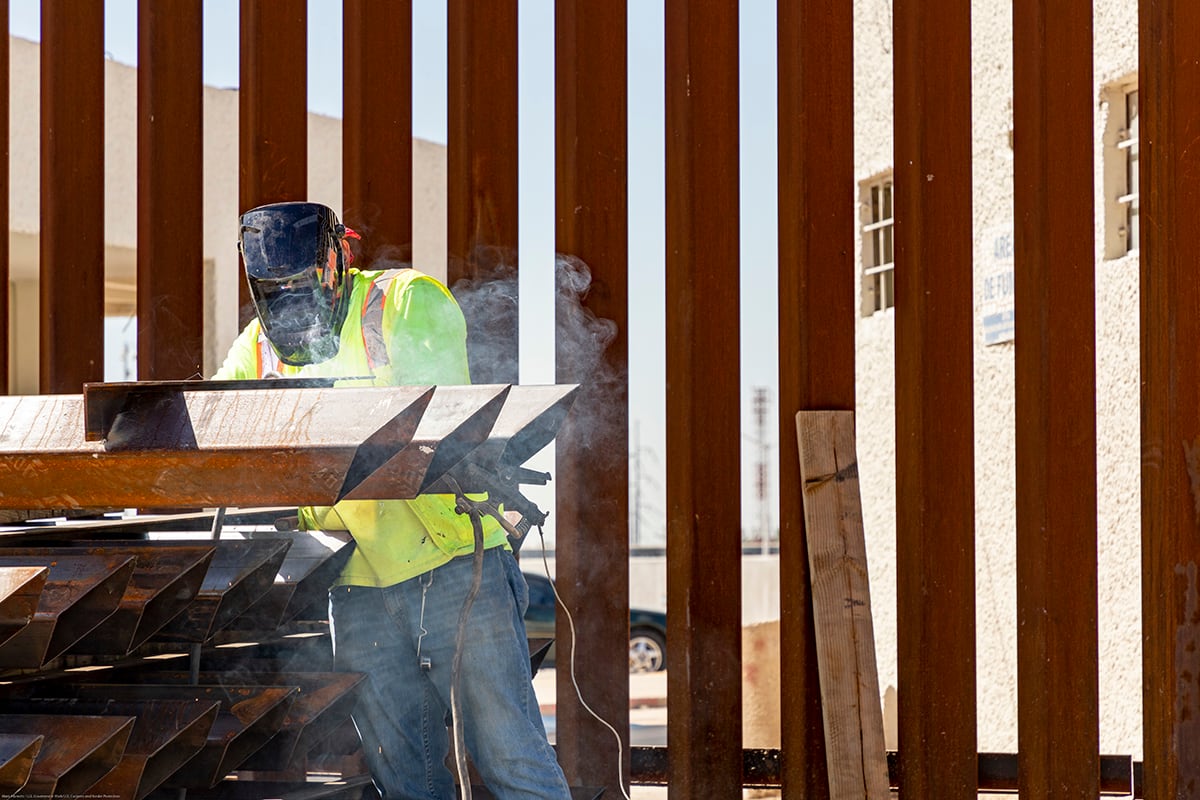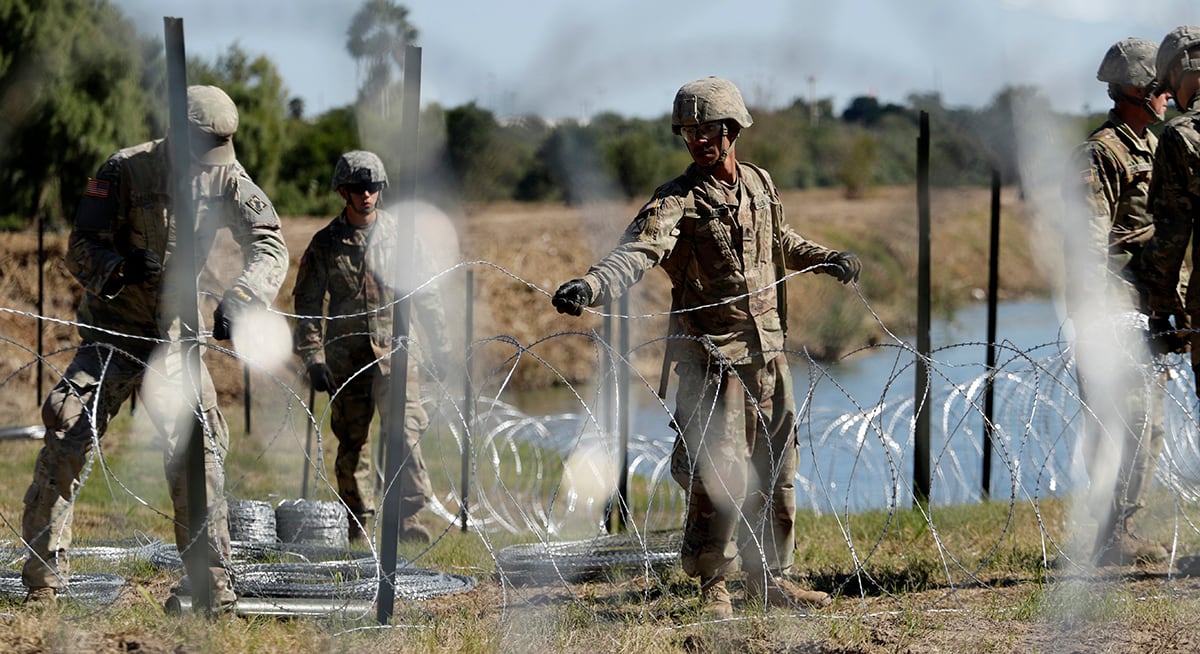It’s been an exceptionally busy year for troops supporting missions stateside. If confirmed as the next head of U.S. Northern Command, Air Force Lt. Gen. Glenn VanHerck will be overseeing troops deployed to the border, activated in support of COVID-19 pandemic response and providing relief to communities hit by hurricanes, among other things.
VanHerck, who currently serves as the director of the Joint Staff at the Pentagon, took questions on these and more topics from senators on Tuesday during a confirmation hearing, in which he stopped short of offering an opinion on the use of service members, active-duty or otherwise, to put down civil unrest.
“What I would say is the American military should be the actual last resort to be utilized, in any case,” he said, echoing a June statement from Defense Secretary Mark Esper, as active-duty troops staged themselves outside Washington, D.C.
If confirmed, VanHerck would be the top officer controlling mobilized troops within the U.S., at a time when both active-duty and reserve component service members have been in heavy use domestically.
“When we should be focusing on the challenges to our national security posed by near-peer adversaries like Russia and China — as directed by the National Defense Strategy — we are now needlessly committing billions of [Defense Department] dollars in support of a wall that has no connection to a military threat and does not support military effectiveness,” Senate Armed Services Committee ranking member Sen. Jack Reed, D-R.I., said in his opening remarks.
And at the same time, he added, the federal government, lawmakers and activists are grappling with the use of Homeland Security Department civilian officers dressing in Army operational camouflage pattern uniforms, without name tags, and clashing with protesters in Portland, Ore.
“And now our military personnel continue to remain on the border while DHS is choosing to deploy its personnel — some of them wearing unmarked camouflage — to our own cities,” Reed said.
At one point in early summer, the National Guard Bureau’s operations director told reporters, about 120,000 Guardsmen were mobilized worldwide ― 75,000 of them stateside, for protest and pandemic response efforts. In addition, another roughly 5,000 active duty and reserve component troops have been assigned duties at the U.S.-Mexico border.
In response to questioning, VanHerck asserted that the Constitution does provide the option to deploy troops against citizens at home in extreme circumstances.
“What concerns me is protests that turn violent…we can’t have that in the nation,” he said, after voicing support for the First Amendment.
During questioning on the military’s role at the U.S.-Mexico border, senators lamented the use of DoD funding and troops to both help build a border barrier and provide support to Customs and Border Protection.
RELATED

“I would have to go to the border and assess, if confirmed, to make a rational judgment at this time,” he told Sen. Jeanne Shaheen, D-N.H., in response to a question about moving DoD counter-narcotic funding to help with border construction.
In addition to billions allocated for the effort earlier this year, Pentagon announced in July that it would continue to send troops to the border, though with a smaller cap than previously.
“Homeland Security has capability gaps right now,” VanHerck said, adding that he would make a trip to the border as soon as possible after his confirmation.
Meghann Myers is the Pentagon bureau chief at Military Times. She covers operations, policy, personnel, leadership and other issues affecting service members.




